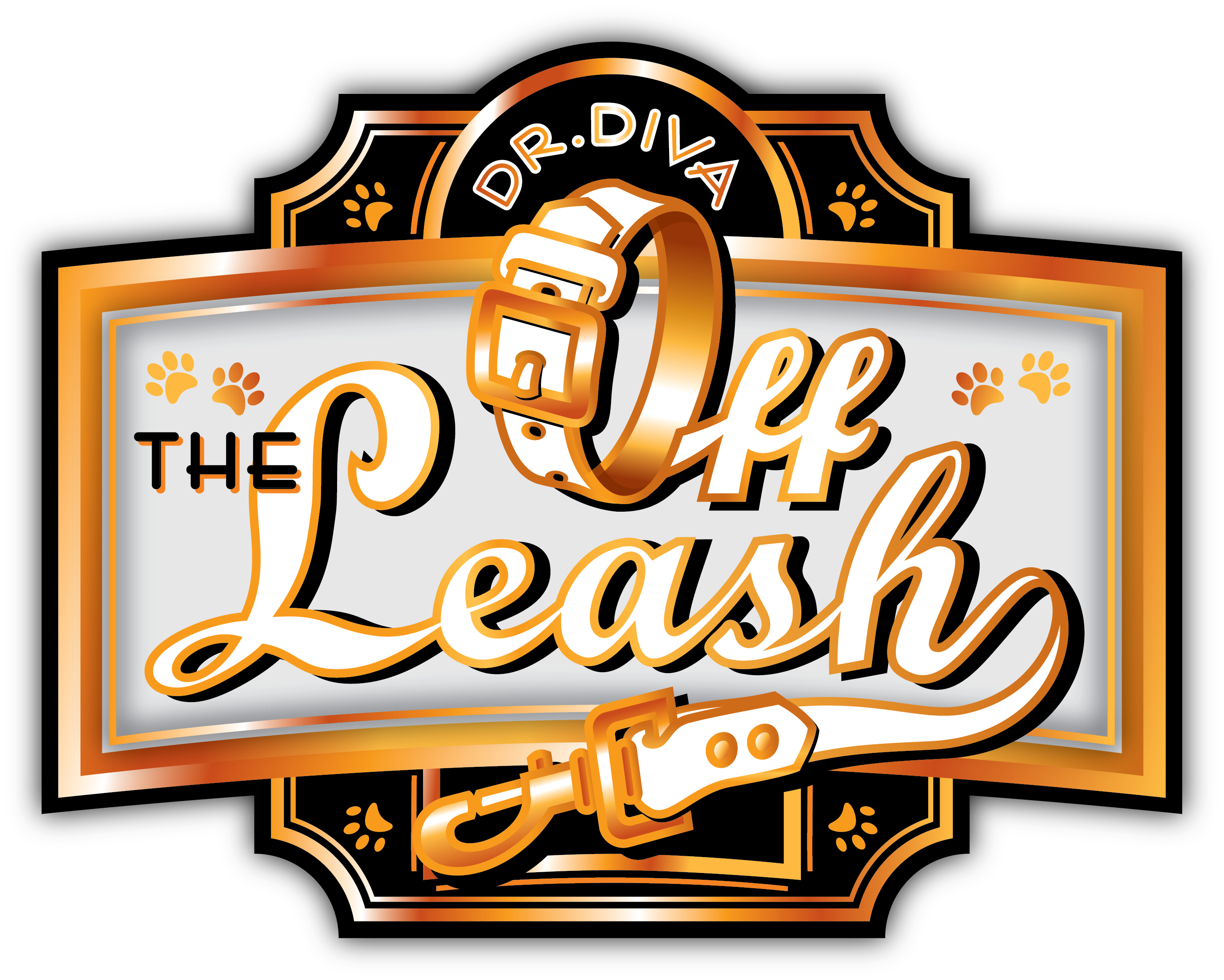It’s National Poison Prevention Week, so I am writing special blog posts about common household toxins to your pets!
Did you know that chocolate can be toxic to pets? Both cats and dogs are susceptible to chocolate toxicity, however, dogs are much more likely to actually ingest it. Depending on the type of chocolate ingested and the amount of it consumed, clinical signs can vary from mild to severe.
Both cats and dogs are susceptible to chocolate toxicity, however, dogs are much more likely to actually ingest it.
Chocolate intoxication can be seen any time of year, but it is most common to occur when there are high quantities of chocolate in your home. For example, there are more likely to be high quantities of chocolate in your home around Easter and Halloween. Be sure to keep chocolate out of your pets reach!

How many of us drink coffee each morning to help jumpstart our day? I’d say probably 95% of the population. We use coffee for its stimulation effects to help keep our bodies going. Chocolate shares similar chemical qualities to coffee in that they both contain chemicals called methylxanthenes. Dogs and cats can’t process these chemicals as well as people which is why they become toxic in their bodies. The longer these chemicals are left in animals bodies, the longer and more severe clinical signs may be. Once ingested, it can be difficult to get these chemicals to leave the body’s circulation as they are constantly being reabsorbed.
Good news is – not all chocolate is created equal. Milk chocolate contains a lower percentage of these chemicals meaning that it would take a higher quantity of it to make the patient sick. Rule of thumb is – the darker and bitter the chocolate, the more toxic it is to dogs and cats. Bakers chocolate and dark chocolate are some of the worst offenders.
Rule of thumb is – the darker and bitter the chocolate, the more toxic it is to dogs and cats.
Depending on the amount and type of chocolate consumed, toxicity can cause a wide range of clinical signs including, but not limited to, vomiting, diarrhea, hyperactivity, elevated heart rate, abnormal heart rhythm, tremors, seizures, and possibly even death.
Generally, with quick treatment, most patients will recover after a few days from chocolate’s toxic effects. Treatment can range from outpatient management with gastrointestinal food and medications to in-hospital management with intravenous fluids and neurological monitoring.
Generally, with quick treatment, most patients will recover after a few days from chocolate’s toxic effects
The other concern when a pet eats chocolate is in relation to packaging. Plastic containers, foil wrapping, cardboard boxes – all of these have the ability to cause dangerous intestinal obstructions.
Great care should be taken when keeping toxic substances in your home. Be sure to lock away toxic items to your pets just as if they were your children. Safety and prevention is our number one concern during National Poison Prevention Week!
If you have any questions that weren’t answered about this or any other toxin, please post it below.
